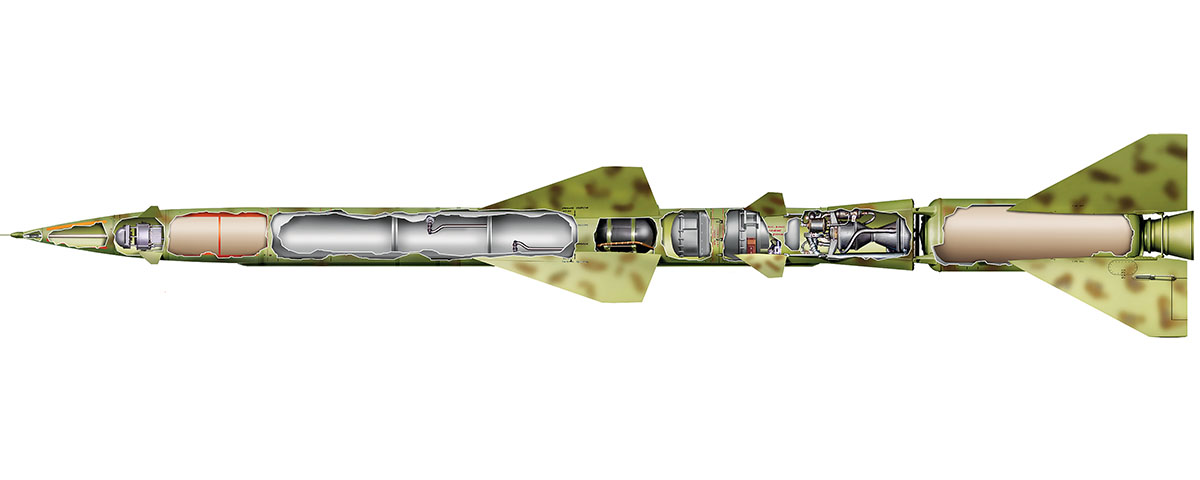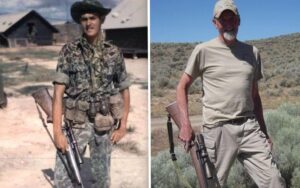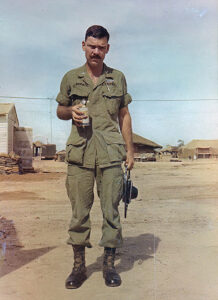Like many weapons used during the Vietnam War, the Soviet-made S-75 Dvina (NATO reporting name SA-2 Guideline) surface-to-air missile was a Cold War design adapted for nonnuclear warfare. Conceived in 1953 by the Almaz design bureau under Boris Bunkin, the missile was designed by rocket scientist Pyotr Grushin, tested in 1955 and put it into service in 1957. It drew first blood on Oct. 7, 1959, when five S-75 batteries of the People’s Republic of China fired on a Martin RB-57D Canberra spy plane of the Republic of China Air Force, downing it and killing Taiwanese pilot Capt. Ying-Chin Wang. The S-75’s subsequent victims included a Lockheed U-2C spy plane piloted by U.S. Air Force Capt. Francis Gary Powers (who ejected over Russia, was captured and later exchanged for a Soviet spy), on May 1, 1960, and a U-2F piloted by U.S. Air Force Maj. Rudolph Anderson (who died over Cuba when shrapnel from an S-75 punctured his pressure suit at 72,000 feet), on Oct. 27, 1962, amid the Cuban Missile Crisis.
In April 1965 the first S-75s deployed to North Vietnam, whose military used them to destroy a U.S. Air Force McDonnell Douglas F-4C Phantom II on July 24. Pilot Maj. Richard P. Keirn bailed out but was captured, spending the next 2,760 days in captivity. From that point on the SA-2 was an integral part of North Vietnam’s integrated air defenses.





